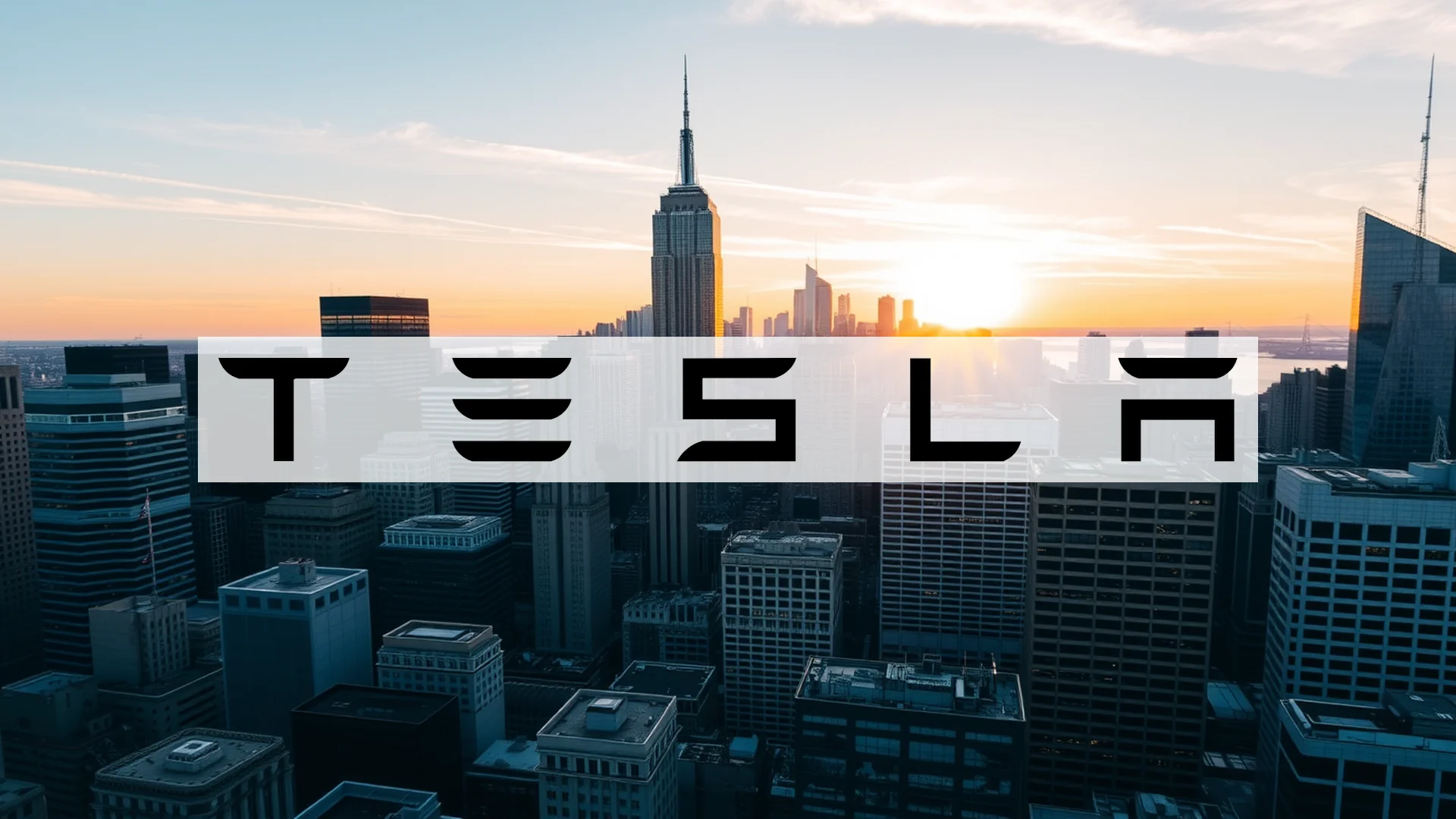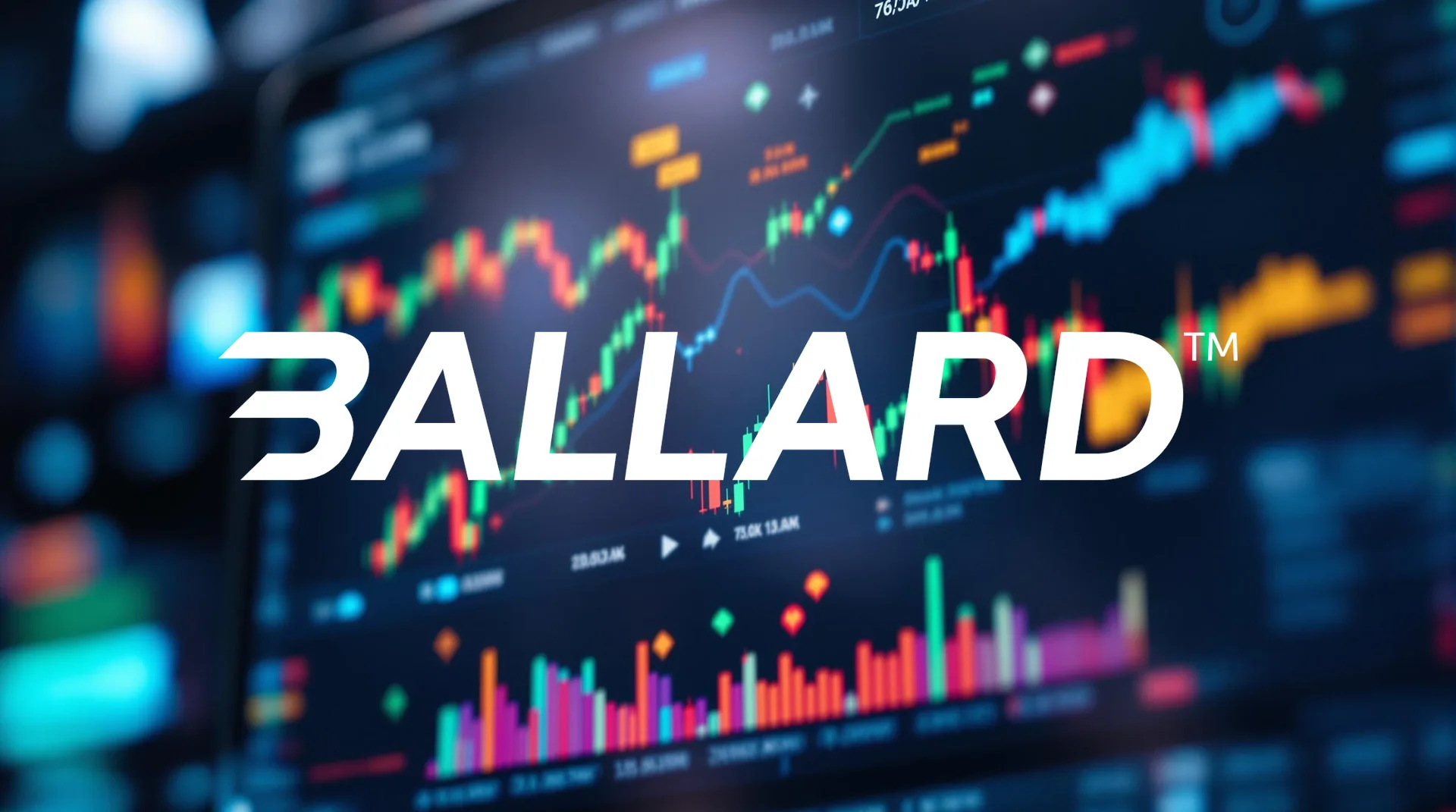Tesla has initiated one of its most significant operational shifts by instructing suppliers to eliminate all China-manufactured components from its US production lines. This directive, issued on Friday, represents far more than a simple reaction to trade tariffs—it signals a fundamental restructuring of the manufacturing framework that could redefine the electric vehicle manufacturer’s global operations. The transformation comes as key personnel departures raise questions about the company’s strategic direction during this critical transition period.
Executive Talent Drain Coincides With Restructuring
The company’s reorganization is accompanied by notable departures from its leadership ranks. Emmanuel Lamacchia, who oversaw the global rollout of the Model Y since joining Tesla in 2018, has announced his exit. Simultaneously, Siddhant Awasthi, who managed the Cybertruck launch and recently assumed responsibility for the Model 3 program, has also departed.
Both executives began their careers as Tesla interns before ascending to leadership positions. Their exits follow a pattern of veteran departures, including recent exits of Daniel Ho (Model 3) and David Zhang (Model S/X). This talent drain predominantly affects leaders from Tesla’s traditional vehicle programs as the company increasingly prioritizes artificial intelligence and robotaxi development.
Comprehensive Supply Chain Transformation Underway
According to Wall Street Journal reports, Tesla suppliers must remove all Chinese-produced components from American manufacturing operations within one to two years. The replacement process has already commenced, marking a substantial operational undertaking that extends well beyond superficial adjustments.
Tesla’s move responds to volatile tariff regulations and the ongoing trade tensions between the United States and China, which have troubled automotive manufacturers for months. Interestingly, the company has been gradually expanding its North American procurement network for approximately two years in anticipation of such developments. This new directive now formalizes the complete separation from Chinese supply chains.
The entire American automotive industry appears to be following similar patterns. General Motors issued comparable instructions to thousands of suppliers this week, indicating a broader sector-wide retreat from Chinese supply dependencies.
Should investors sell immediately? Or is it worth buying Tesla?
Chinese Market Performance Shows Significant Decline
Tesla’s strategic shift coincides with substantial challenges in the Chinese market:
- October sales of China-manufactured vehicles: -9.9% year-over-year
- Shanghai facility production (including exports): -32.3% compared to September
- The sharp October decline follows a modest 2.8% gain recorded in September
Innovative Approaches to Counter Sales Pressure
Facing declining sales figures, Tesla is experimenting with novel customer engagement strategies. At selected California locations, prospective buyers can now rent vehicles for $60 per day with unlimited mileage and Supercharger access included. This initiative aims to convince hesitant customers before they commit to purchases.
The company delivered record performance during the third quarter of 2025, driven primarily by American buyers seeking to secure the $7,500 tax credit before its September 30 expiration. However, market analysts project a significant fourth-quarter downturn as this incentive disappears and competitive pressures intensify.
Strategic Implications and Future Outlook
The separation from Chinese suppliers presents immediate challenges, including elevated costs, potential production delays, and complex operational transitions. Long-term advantages, however, may include reduced political vulnerability and insulation from future tariff disruptions.
The one-to-two-year implementation timeframe suggests a carefully managed transition process. Tesla’s ability to execute this supply chain restructuring successfully will ultimately demonstrate the company’s operational flexibility and resilience in an increasingly competitive automotive landscape.
Ad
Tesla Stock: Buy or Sell?! New Tesla Analysis from November 15 delivers the answer:
The latest Tesla figures speak for themselves: Urgent action needed for Tesla investors. Is it worth buying or should you sell? Find out what to do now in the current free analysis from November 15.
Tesla: Buy or sell? Read more here...










